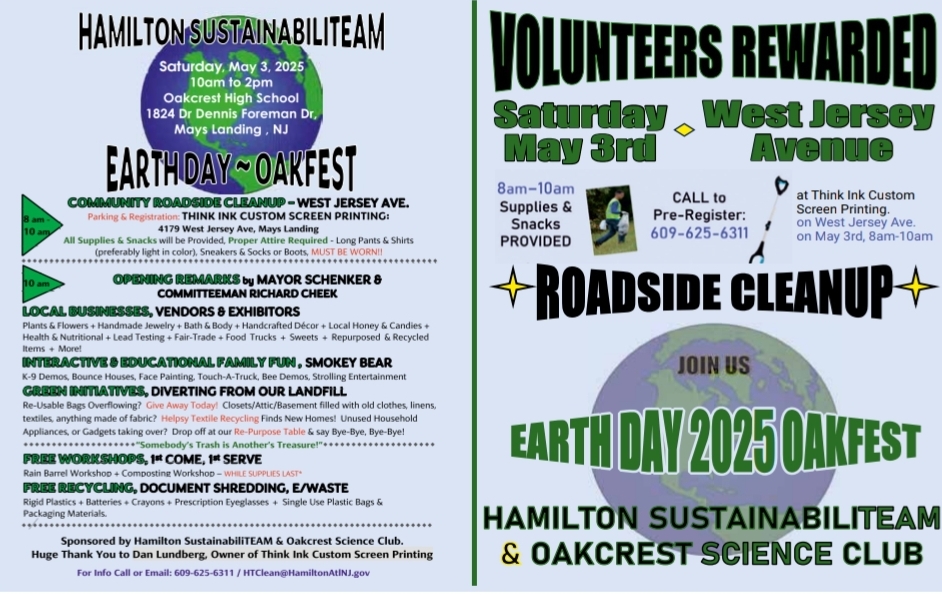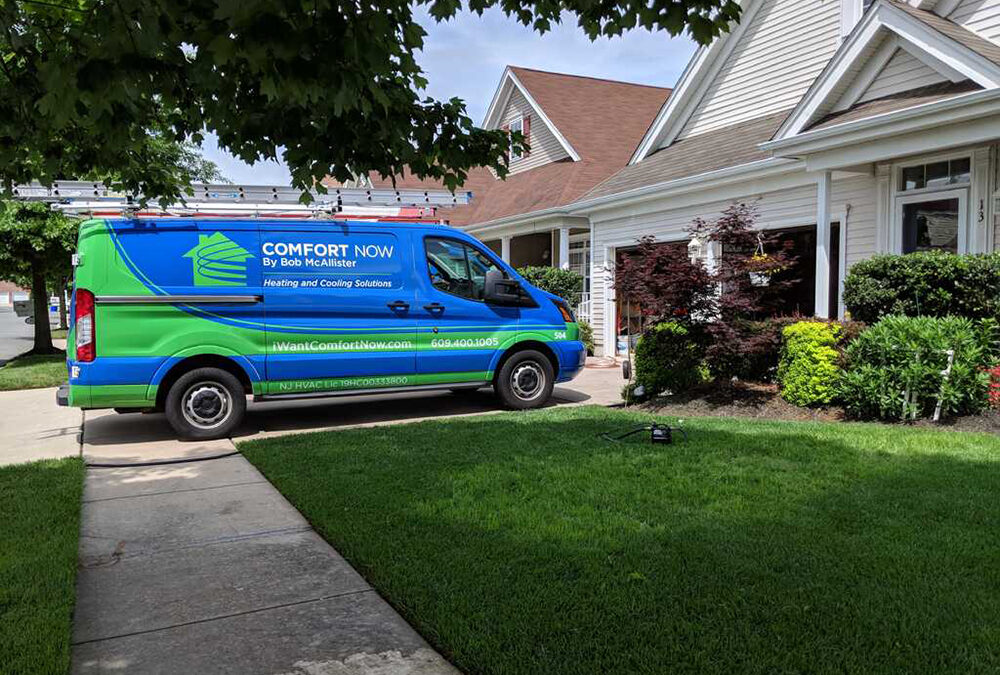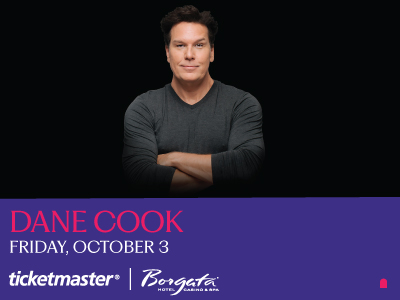Views from the Shore
By Brian Cahill
When it came time to replace the heating, cooling, and hot water systems in my home, I didn’t know where to start. So, I did what anyone should do when facing a big investment in something they don’t fully understand: I turned to someone I could trust.
I first met Bob McAllister, owner of Comfort Now, at a Somers Point Business Association mixer. Within minutes, it was obvious—Bob not only knew his trade, but he communicated it with such clarity and care that you just knew you were in good hands. Years later, that impression hasn’t changed. Bob and his sons, RJ and Casey, have been servicing my home ever since, and every experience has been prompt, professional, and personalized.
Bob recently gave me a crash course in what homeowners should know about their heating and cooling systems—especially as it relates to air quality, seasonal allergies, and overall comfort.
I asked Bob something I think a lot of us wonder: “Is it really necessary to change my filter every month?” His response was eye-opening: “Your filter gets dirty fast—especially this time of year when people open their windows to enjoy the fresh air. That’s also when pollen, pollution, and other particulates come inside. A dirty filter makes your system work harder and can eventually cause serious damage.”
Bob recommends changing your filter every one to three months, depending on usage and allergies. And skip the cheap fiberglass ones: “Get the pleated filters—they offer two to five times more surface area. More surface area means more dirt gets trapped before it recirculates through your home.”
While seasonal allergies grab our attention in the spring & fall, Bob emphasized that indoor air can actually be more polluted than outdoor air all year. “Synthetic building materials, furniture, and flooring release VOCs—volatile organic compounds—which linger without proper ventilation,” he explained. “Plus, activities like cooking add humidity and particulates to the air.”
Humidity control is crucial. “High humidity encourages mold and dust mites. A properly maintained HVAC system is the start and a whole-house dehumidifier is an option in buildings that have issues related to high humidity” Bob said.

I asked how you know if your system’s about to quit on the hottest day of the year. Bob said, “It’s tough to predict failure, but newer systems have diagnostic technology that alerts us when something’s off. Short of that, trust your senses—if your system sounds different or doesn’t cool as well, it might be time for a checkup.”
Living near the shore adds another challenge: salt air. “Salt corrosion eats away at coils, reducing your system’s ability to cool adequately and drives up the electric bill. And yes, salt air is invasive and affects indoor units, too—not just the ones outside.”
Bob also recommends breathable covers for outdoor units to reduce salt exposure and leaf build up: “Don’t just wrap it in a tarp. You need ventilation to prevent condensation damage. Look for covers with vents at the top and two to three inches of exposure at the bottom.”
He also pointed out something many of us overlook: “People focus so much on the system itself, but the building shell—especially the attic and crawl space—that’s where you gain or lose real efficiency. Sealing and insulating your home properly can save serious money and make you more comfortable.”
One of the things I admire most about Comfort Now is that it’s truly a family business. Bob, RJ, and Casey work shoulder-to-shoulder—each bringing different strengths. “It’s fantastic,” Bob said. “I’ve learned as much from my sons as they have from me. They bring new tech skills and insights, while I bring experience.”
Casey added, “We don’t just sell—we advise. Every home is different, and we help people figure out what actually works for them.”
That includes helping homeowners navigate energy efficiency rebates and utility programs. “There are still rebates and incentives available,” Casey said. “But they can be hard to find and even harder to understand. Call us—we’ll walk you through it.”
Here’s a timely tip from RJ: It’s almost air conditioning season and time to change your filter. But to make sure you’re ready Comfort Now suggests that the first day it goes over 70, make sure the cover is off, set your thermostat to cool and turn it 5 degrees below the indoor temperature. Your AC should come on. Let it run for 5 minutes and make sure cold air is coming out of the vents. If not, there is a problem. Turn your thermostat back to where it was and you’re ready for the first hot spell.
If you’re like me and don’t know where to start—or just want clean, healthy air in your home—call Comfort Now. Visit iWantComfortNow.com or reach out at 609.400.1005 for advice, a consultation, an estimate or a repair. They’ll make you feel as comfortable with your decision as they do with your air.
Brian Cahill is the Director of Marketing for Shore Medical Center and Shore Physicians Group. He also volunteers on the Board of the Somers Point Business Association and is an Adjunct Professor in the School of Business at Stockton University.















